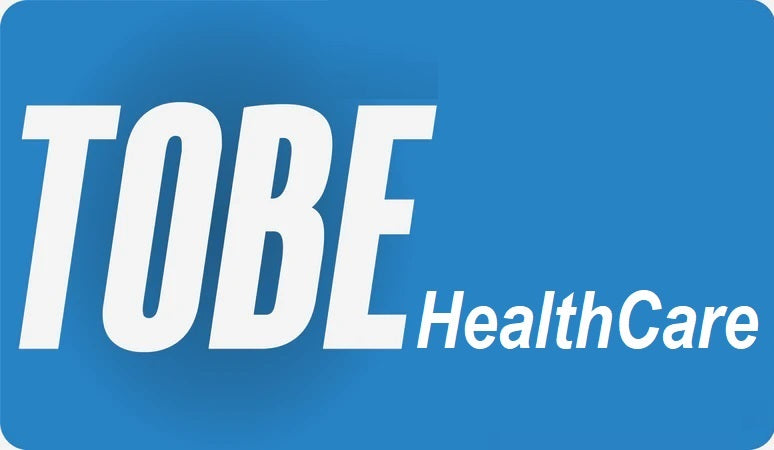What is the Difference Between N95 and P2?
These standards specify required physical properties and performance characteristics for respirators to claim compliance.
Definition :
BFE = Bacterial Filtration Efficiency;
PFE = Particulate Filtration Efficiency
N95: Letter "N" standard for "NON-OIL", Focus on Bacterial Filtration, 95 stand for the BFE >= 95%
N95 Face Mask
N96 Mask is only filtering non-Oiled particles, is recommended to be used in the clean environment like hospitals, clinics, and public areas
P2 Face Mask
P2 Face Mask is under Australia and New Zealand Standard AS/NZS 1716(FFP2 is under standard CE149-2001),
requests both PFE >= 95% and BFE >= 95%.
Filtering both oiled and non-oiled particles.
P2 is Mainly recommended to be used in Harsh environments like factories, construction sites, and polluted Spaces against fine toxic dust, fumes and water-based mists. Disposable mask P2 level protects against solid and liquid particles of average toxicity. PFE filtration >= 95%.
Protects up to 10 times the TLV (Assigned Protection Factor for FFP2 masks).
P2 is more expensive to manufacture due to the higher performance filter requirement.
P2 Supersede N95
P2 APPLICATIONS
- Sanding of softwood
• composite materials
• Dust
• Putty
• Plaster
• Plastics /Cutting
• Deburring
• Grinding
• Drilling of metal
• soldering & Welding
- Exhaust gas
- Fuel fumes
- Smoking or smogs
- Burning
WORLD STANDARDS AND CLASSIFICATION
Disposable respirator masks are subject to various regulatory standards around the world. These standards specify required physical properties and performance characteristics for respirators to claim compliance. During a pandemic, health authorities will often use the following performance standards when making respirator recommendations,
* P2 (Australia/New Zealand AS/NZS 1716:2012) Respiratory protective devices describe three classes of the particulate filter, Class P1, P2, and P3. The P2 respirator is equivalent to the USA standard N95 and endorsed by the Australian government for public use during the coronavirus pandemic.
* N95 (United States NIOSH-42CFR84)
* FFP2 (Europe EN 149-2001)
* KN95 (China GB2626-2006)
* Korea 1st class (Korea KMOEL – 2017-64)
* DS2 (Japan JMHLW-Notification 214, 2018)
– CE Certified
CE marking is a certification mark that indicates conformity with health, safety, and environmental protection standards for products sold within the European Economic Area Certified FFP2 (EN 149:2001)
– BSI Benchmark Certified
The Benchmark Certification recognizes that a supplier of goods has in place a management system that meets the requirements of Benchmark standards, which were established to give customers confidence.
– JAS-ANZ Certified
The Joint Accreditation System of Australia and New Zealand (JAS-ANZ) helps to provide accreditation for products and services. P2 (Australia/New Zealand AS/NZS 1716:2012)
– International Medical Device Certified
Our quality management system is certified to ISO 13485 international medical device standards, ensuring our mask's safety and effectiveness.






















